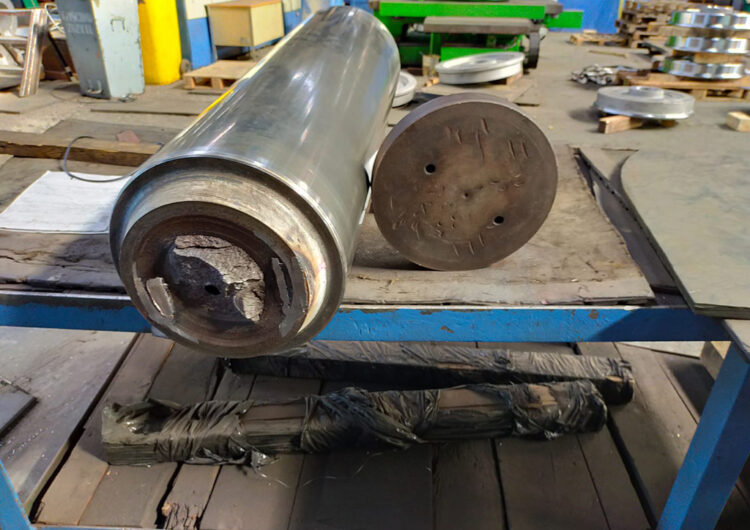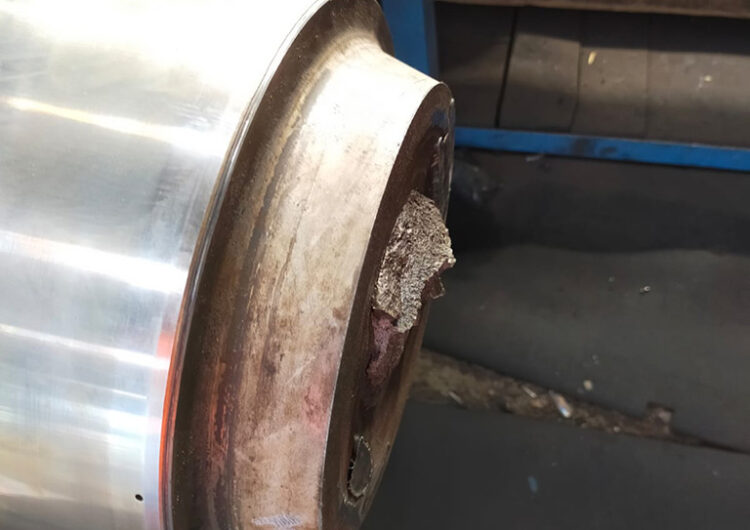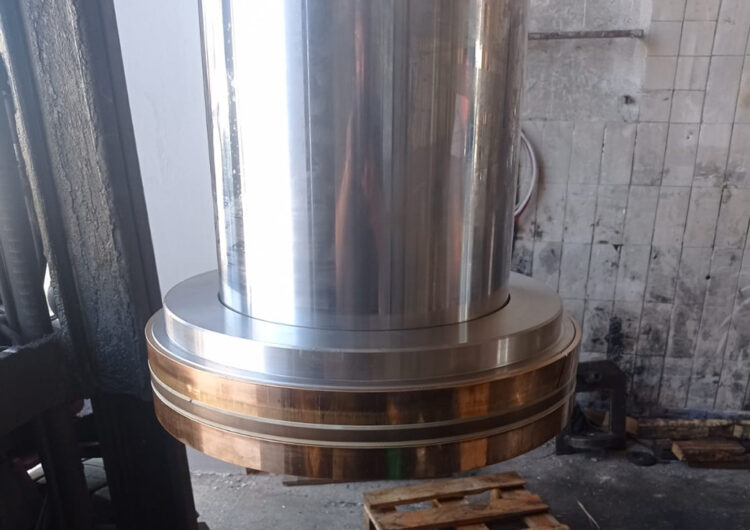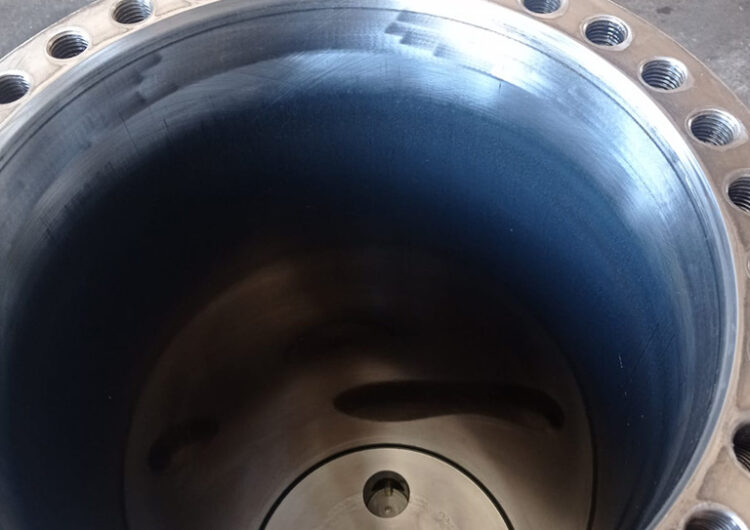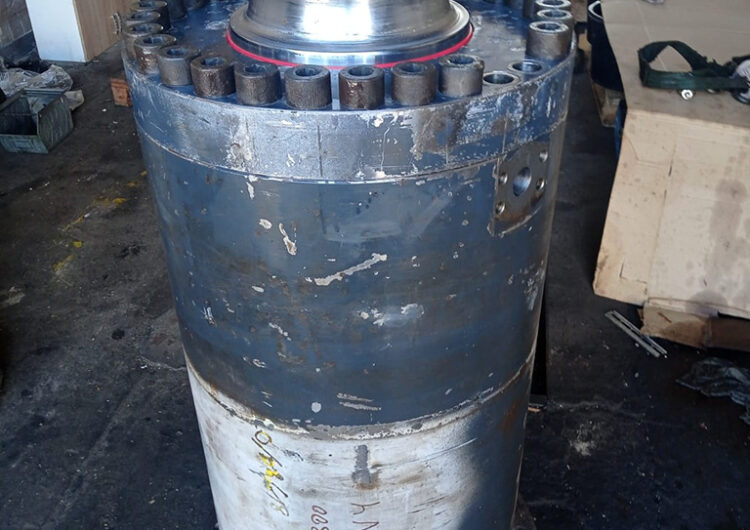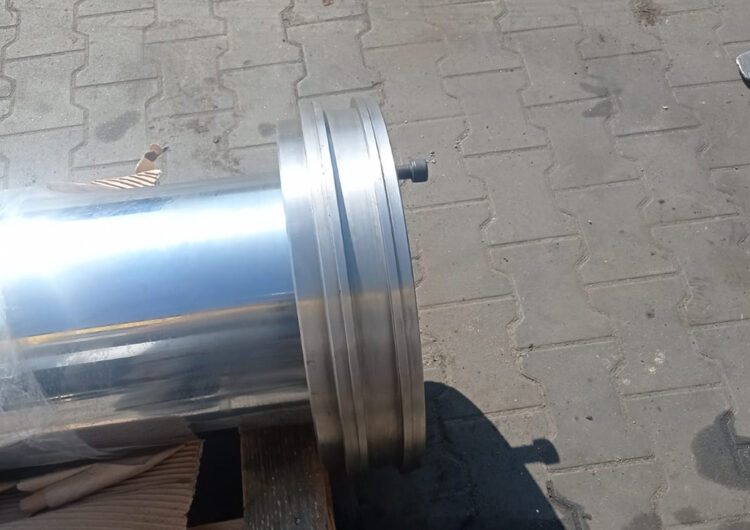Projects
Regeneration - Reconstruction of the piston rod fi 300 for Lefort 600 shears
The regeneration of a 300 mm diameter piston rod reconstruction for Lefort 600 shears requires a detailed plan that will ensure both high quality of workmanship and durability of the repaired element. Below are the steps you need to take to achieve this goal:
Accurate Assessment of the Piston Rod Condition
The first step is a thorough visual inspection of the piston rod to identify any mechanical damage, such as cracks, scratches or deformations. Accurate measurements of the piston rod dimensions should be made, including checking the degree of wear and possible deformation. These measurements will be the starting point for further regeneration work.
Preparing for Regeneration
Removal of all dirt, oil residues and other substances that could affect the quality of the repair.
If necessary, dismantle the piston rod into smaller parts for more thorough regeneration.
Regeneration
Filling gaps and repairing cracks using specialized surfacing methods adapted to the piston rod material. Machining to restore the original dimensions of the piston rod and remove any irregularities resulting from welding. Final smoothing of the piston rod surface to ensure proper smoothness and dimensional tolerances.
Quality Control and Testing
Taking measurements again to ensure that the piston rod has achieved the desired dimensions and meets all technical standards. Perform hydraulic and other necessary operational tests to ensure the piston rod is functioning properly and ready for reassembly.
Piston rod regeneration is a complicated process that requires experience and specialized equipment. Therefore, it is recommended to entrust this task to qualified specialists who will ensure that all work is carried out with the highest precision and attention to detail.

